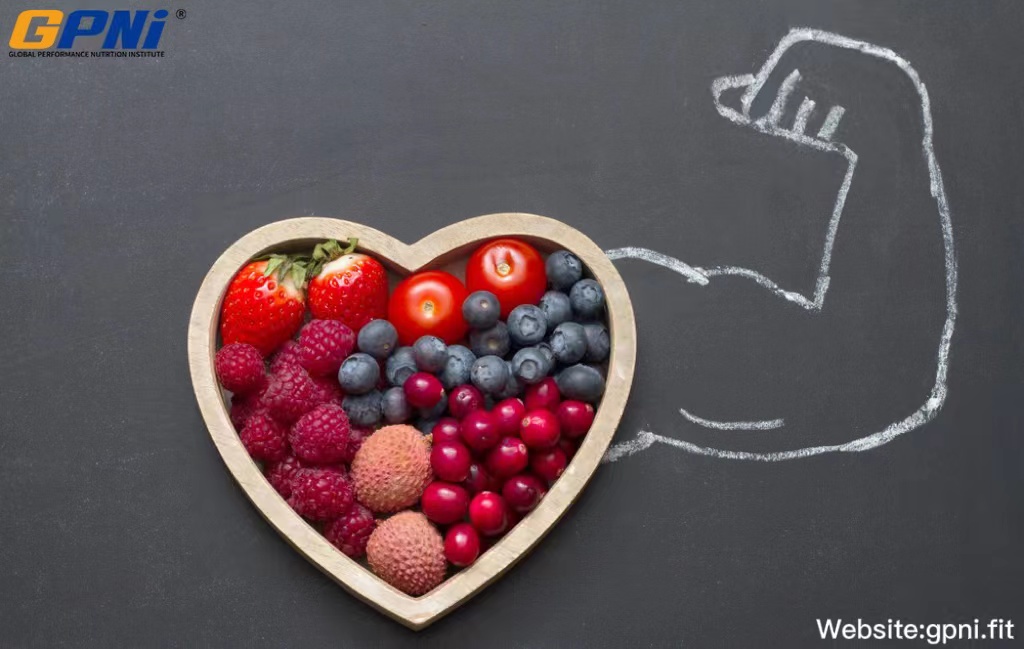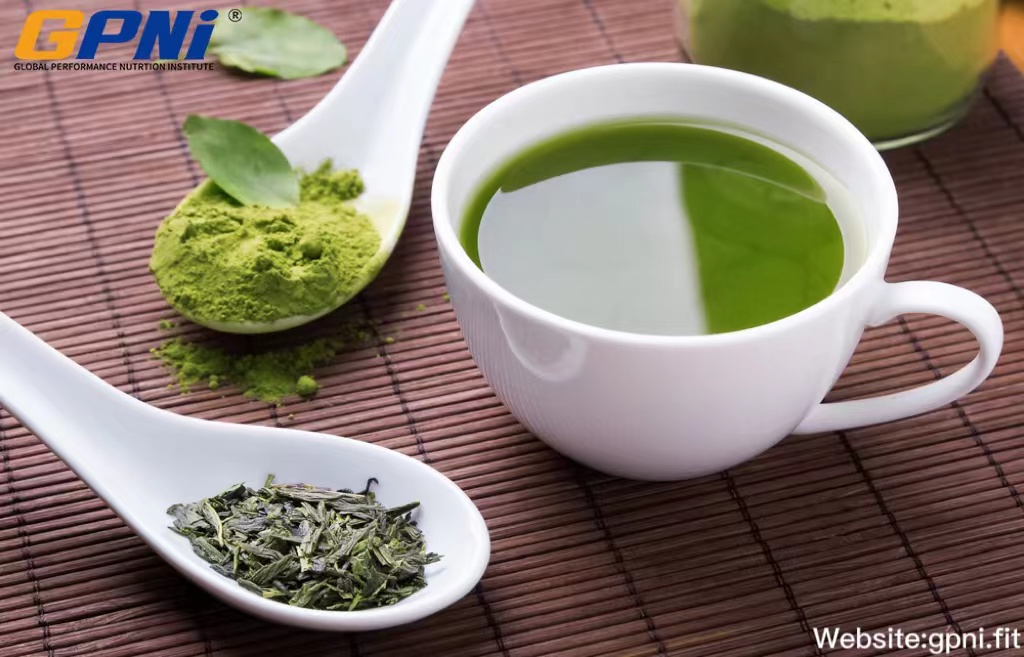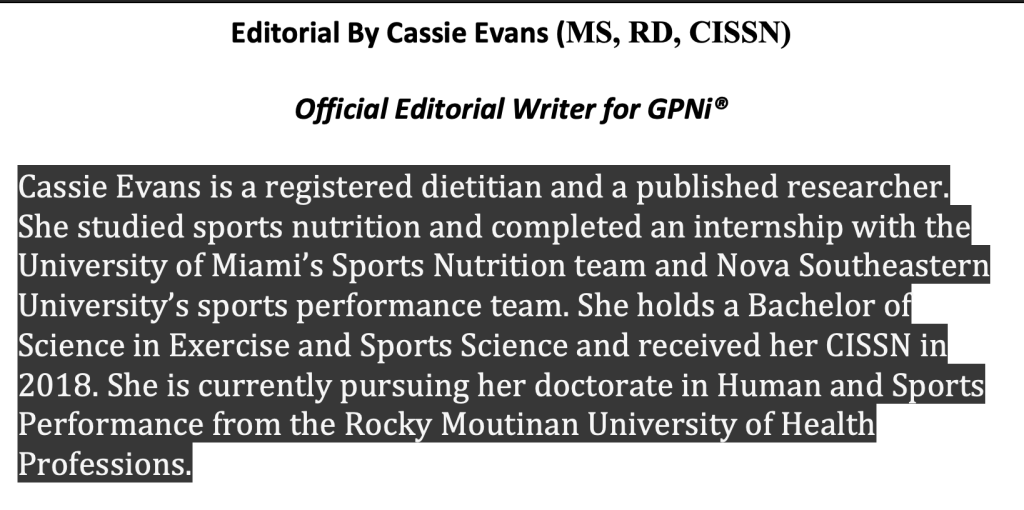
Superfoods. People are raving about how great they are and how we should incorporate them in our everyday diet. They are credited with having incredible health benefits, perhaps the possibility of giving you super human powers! But does anyone really know what this term mean? Superfoods is frequently used to describe foods that are believed to higher nutritional value. Yet, there isn’t a set scientific definition. In fact, I think most people will be surprised to learn that superfoods is a relatively new marketing term used to describe foods with health benefits. This catchy phrase is not regulated by the U.S. Food and Drug Administration which means some food companies toss the word around in hopes of increasing sales. Now, this is not to say that superfoods aren’t packed with nutrients. Let’s take a look at a few popular superfoods and see what the science says.
Goji berries – also known as the wolf berry – is typically consumed as a dried fruit. It has a history of use in traditional Chinese medicine. Although there is little research available, Goji berries are believed to aid in eye health and inflammation.

Acai – another berry that resembles a cross between a blueberry and grape. This berry is packed with polyphenols like gallic acid. Research suggests Acai berries exhibit cardio-protective, antioxidative effects and even play a role in weight loss.
Camu-camu is a shrub native to the Amazon rainforest. Similar to other “superfoods” it is packed with antioxidants and polyphenols. It is a rich source of vitamin C and other vitamins. Animal studies observed lipid-lowering and protective effects on the liver.

The list and quick review of common superfoods could continue but I think by now we can all see a common theme among these super foods – they all have possess bioactive compounds such as antioxidants, phenolic compounds and various micronutrients. Interestingly, how foods are cultivated, harvested and stored can affect the levels of bioactive compounds. There is a chance that some of these superfoods may not be that super if they have been sitting on the store shelf for a while. Another fun fact, superfoods aren’t they only foods with bioactive compounds. Raspberries, strawberries, cherries, darky leafy greens, chocolate, tea, coffee, the list could go on. Heck even beer contains polyphenols! The great thing about these seemingly “ordinary” foods is they generally cost less than those labeled super.
I think superfoods ends up being a misnomer for instant health. No matter how super these superfoods might be, they are not the end all be all. They are not a magic eraser or something one takes in place of adopting healthy lifestyle behaviors. It can be easy to get distracted by the by flashy, “quick fix” claims, superfood products make. Rather than pay extra for fancy packaging and marketing claims, we should shift out attention to the real keys of health. It might not be the glamourous answer people are looking for, but nothing beats consistency. Lifestyle behaviors like eating a balanced diet (fruits, vegetables and fun foods too) and adding in some movement are keys to promoting optimal health and functioning of the body. These are more super than any one superfood.









